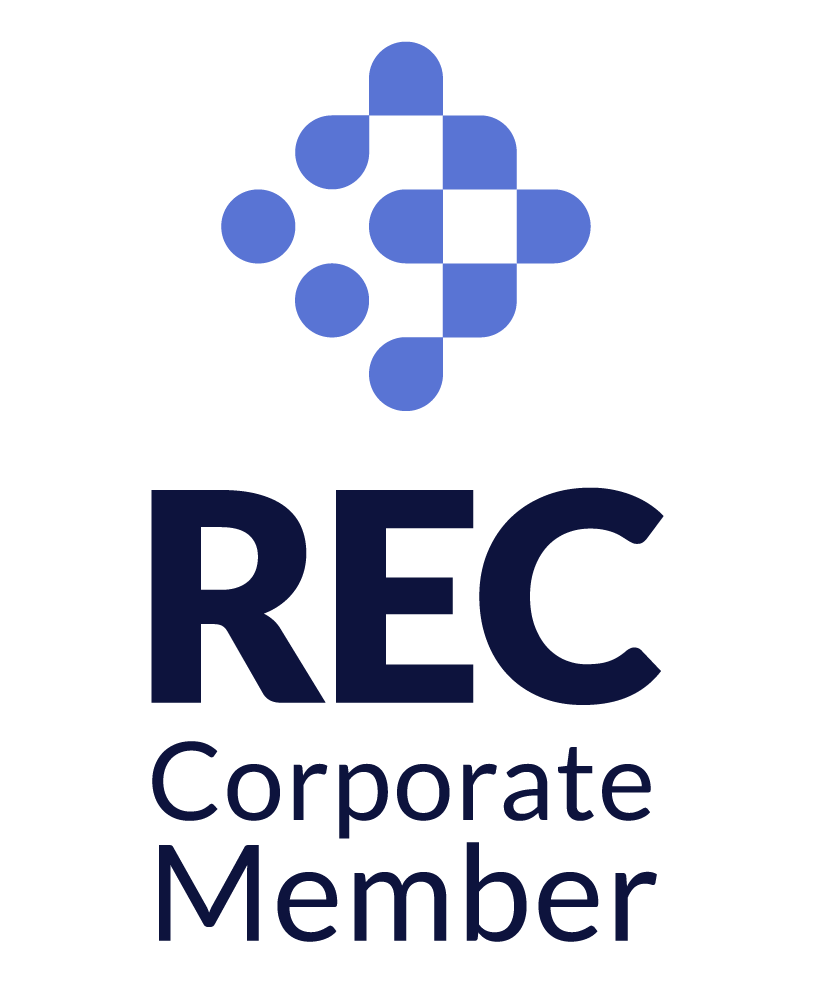Enhancing candidate experience

It is obvious why hiring is important: strong employees get far better result. Therefore, you would think that employers would put real effort into how they interview and hire. One would expect that employers would conduct rigorous screening of job applicants, and use real data to figure out which interview questions assess candidates most effectively.
Yet in many cases, you would be wrong. Employers too often give their interviewers little or no training, leaving them completely on their own when it comes to deciding what to ask candidates.
Some hiring managers treat the interview like a social get-together, chatting pleasantly and treating the meeting as a casual "get to know you" session, rather than really probing into the candidate's skills and experience and ability to excel in the role. Whilst this values-based approach does allow the recruiter to assess whether a candidate is the right ‘fit’, it should also be coupled with formal questioning so the candidate can demonstrate skills and experience.
In addition to the fact that poor interviewing techniques will not help companies evaluate candidates as well as they need to, employers need to remember that interviews are two-way streets. Strong candidates will be evaluating them right back and passing their own judgments, which will determine whether they will accept a job offer. Indeed, 80–90% of candidates say a positive or negative experience can change their minds about a role or company (Recruiting Brief, 2017).
The fact that we are increasingly living in a candidate-driven market - in which candidates have high expectations from a future employer - makes the recruitment process a real challenge. There are many moments in which we interact with candidates throughout the hiring process. It is crucial to give them a positive candidate experience. Everyone wants to feel important and not just be treated as a number. Have a closer look at your interview process and see if there is anything that would need improvement.
Here are a few tips to get you started.
1. The job ad
Provide as much information as possible to inform a candidate on the job requirements: the skills, experience, and personality traits needed to succeed in the role. It does not necessarily all need to be mentioned in the job ad. Instead, you could provide a link in which more details would be explained, or offer a detailed career section on your website. This is possibly the first impression the candidate will have of the company. If they can easily see what the organisation does and there is a thorough job specification, then the candidate will not only have a positive impression of the organisation, they are also more likely to apply for the advertised role, too.
Furthermore, offering an opportunity for the candidate to have an insight into the corporate culture (video would be most effective or pictures which showcase the office environment is a great way to help them decide whether your business is right for them). This can save you a lot of time and money later down the line.
2. The job application
Some employers believe that adding as many steps as possible in the interviewing process helps them to filter out less interested or motivated individuals, and gives them more bases on which to assess a candidate to decide whether to invite them for an interview.
However, the easier you make the application process, the greater the number of quality applications you receive. Lengthy application processes result in a significant drop-off rate, which in turn can see employers miss out on top talent. 60% of job seekers report they have quit an application due to its length or complexity (Recruiting Brief, 2017). Keeping it simple, short and mobile-friendly is key.
The more information that can be shared regarding the candidate’s interview preparation and the recruitment process, the better. It will make the person feel more confident because they know exactly what to expect and your company will be perceived as much more professional.
Once they have applied, confirm that the application has been received and provide a date that the candidate should hear by if they have been shortlisted. 80% of job seekers say they would not reapply to a company that did not notify them of their application status, whilst 65% say they never or rarely receive notice of their application status (Lever, 2017).
3. The invitation and job interview
Good communication and keeping the candidate up-to-date shows you are a professional company that appreciates the fact that they have spent the time applying for the job. Even if the candidate is not shortlisted for the role, an email letting them know and thanking them for applying will leave a positive lasting impression.
This might seem obvious but make sure that everyone involved in the recruitment process is aware of the importance of leaving a positive impression on a candidate. Include other panel members who are true ambassadors for the company, have great interviewing skills and know exactly how to make interviewees feel at ease.
If possible, empower candidates to choose their own day and time to come for an interview. If they are currently employed this would make it much easier and stress-free. The way you treat your potential recruits in this stage will give them an idea of how they will be treated as employees. In fact, nearly 4 in 5 candidates (78%) say the overall experience they receive is an indicator of how a company values its people (Career Builder, 2017).
Ensure you fully communicate the details of the interview, so they know when and where it’s going to take place and who they are meeting. Make sure there is someone to greet them and that the interview is held in a suitable room.
Take notes during the interview. Think about the fact that you will likely be asked to provide feedback when informing someone that they did not get the job. This way, the candidates can learn and grow from the experience.
When the interview ends, let them know what the next stage of the process is and when they should expect to hear from you.
4. The moment of rejection
The way we let candidates know that they were not chosen for a job is crucial and should never be underestimated. Call them to let them know and offer to send them an email with constructive feedback. Talent is 4 times more likely to consider your company in the future if you offer constructive feedback (Lever, 2017). Never attack the candidate’s competence and self-confidence.
Providing feedback is not only appreciated, it also means that should a similar vacancy arise within the business which they could be better suited, they are more likely to outdo themselves. It’s about developing the talent pipeline.
If your company is able to create a positive experience in the candidates’ eyes (even after being rejected) you achieved your goal. Bear in mind that job applicants are also consumers, and it would be a pity if you lost both at the same time.
Never underestimate the power of social media. Online reputation already plays an important role in the way a company is being perceived, and its significance will only increase even more in the future. Nearly 60% of job seekers have had a poor candidate experience, and 72% have shared their experience on online employer review sites such as Glassdoor.com (LinkedIn, 2017)
5. The first day of work at the company
Just because they have accepted the job does not mean that the positive experience should stop. The successful candidate will want some reassurance that they have made the right decision - and from the company’s point of view, happier employees that are motivated and productive will result in a reduction in staff turnover, saving you money in the long-term.
Think back to all the jobs you had in the past. What effort did those companies make to give you a warm welcome on your first day of work?
How would you wow a new recruit on the first day? You could ask all staff members to turn up 15 minutes earlier than usual and organise a little surprise party for them.
These kinds of small gestures can go a long way in terms of showing that you genuinely care about new employees. Imagine the person at the end of the day sharing this experience with relatives and friends, and maybe even posting about it on social media. Surely it’s worth a try! Remember, it will make people spread the word and create a positive image. Think about other ways in which you can make the new team member feel at ease, comfortable and special.
Good recruitment is vital for every organisation – finding the right people for the right roles at the right time. It ensures that the workforce has the relevant skills and abilities for the organisation's current and future needs. Effective resourcing is not just about filling an immediate vacancy, but about having an impact on the long-term success of the business.
Manchester Office
Lee House
90 Great Bridgewater Street
Manchester
M1 5JW



